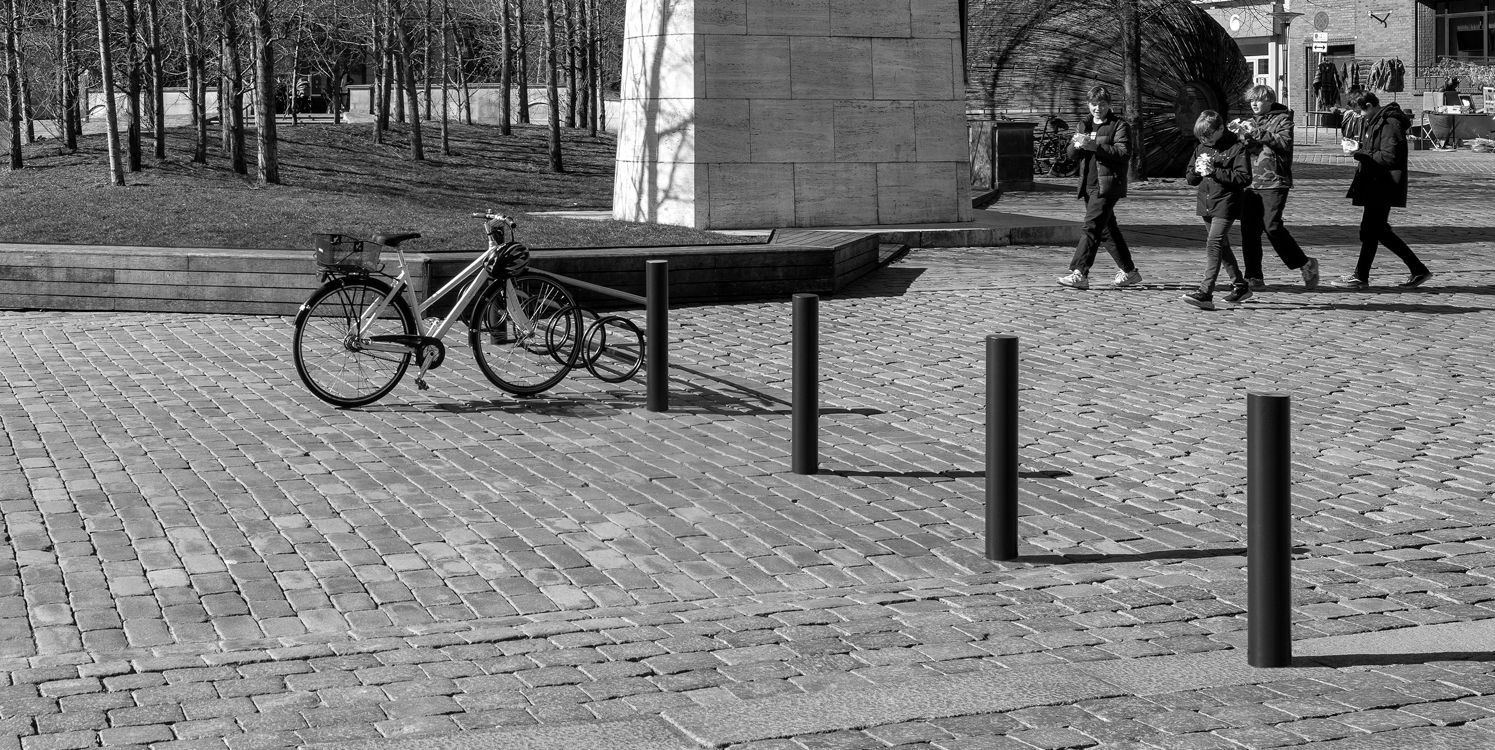
PAS 68 and IWA 14 Certification
The HITSA-SAFE range has been certified according to PAS 68 and IWA 14. PAS 68 and IWA 14 are international standards for impact testing of vehicle security barriers and hostile vehicle mitigation. PAS 68 was originally a British standard, while IWA 14 is an international standard based on both PAS 68 and an American standard.
Hostile vehicle mitigation refers to bollards, barriers and other products for protecting against vehicle-based attacks and incidents. The two certification systems document that the test has been carried out using a recognised method, and that the product has passed the test.
Our bollard, bicycle rack and bench from the HITSA-SAFE range have been tested at the crash test facility (CTS) in Münster, Germany. Crash tests are conducted here using cars and lorries under controlled conditions.
Crashtest bollard front view
Crashtest bollard top view
When you read the PAS 68 and IWA 14 certificates, you can see exactly what test the product has passed. The certificate specifies the type of vehicle used, how much the test vehicle weighed, how fast it was travelling and the angle of impact with the product. The certificate also tells you how far the vehicle penetrated past the product, and whether or not it was immobilised after the collision. PAS 68 (but not IWA 14) also indicates how far debris of a certain size travelled due to the collision.
The PAS 68 and IWA 14 certificates for the HITSA-SAFE range document that the products in the test stopped vehicles weighing 1500 kg, driving at 48 km per hour. The vehicles were immobilised after the test. There was no flying debris over 25 kg that could pose an additional danger. To view the certificates, follow the links on this page.
Crashtest bike rack front view
Crashtest bike rack top view
The information is represented by the string of numbers and letters shown on the certificate. For PAS 68, this is known as the Performance Certification, and for IWA 14, it’s the Performance Rating.
The structure is identical for both Performance Certification and Performance Rating and looks initially like a collection of numbers, letters and slashes. For HITSA-SAFE products, the string might look like this: V/1500(M1)/48/90:0/0. ‘V’ stands for Vehicle, i.e. tested using a vehicle. 1500 is the weight of the vehicle, M1 is the type – in this case a car. 48 denotes the speed of the test vehicle on impact. 90 is the angle, while 0 is the distance the vehicle penetrated past the product. The final 0 is the distance travelled by any debris over 25 kg.
Once you know what the figures stand for, you can then use PAS 68 and IWA 14 to compare products for hostile vehicle mitigation.
Here at HITSA we always recommend that our customers have a risk analysis done by a competent adviser. The HITSA-SAFE range is ideal for locations where a risk of planned or unexpected incidents involving smaller vehicles has been identified. This could typically be city centres, pedestrian zones, town squares, entrance areas, shop façades or similar.
